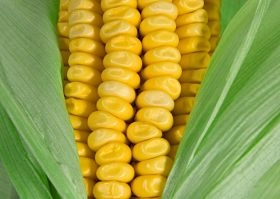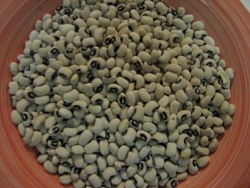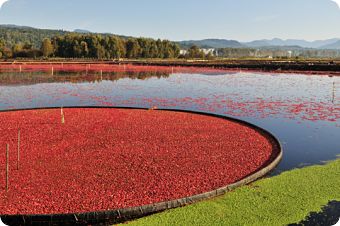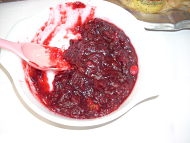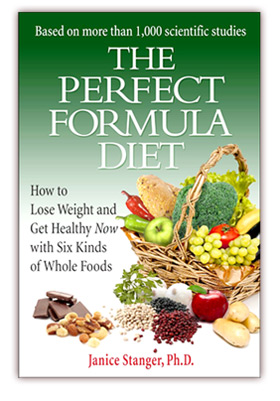Convenient Ideas for Endless Great Eating With Whole Foods
Whole foods are so tasty that, if you are not into cooking, you can still have excellent not-meals with little kitchen time. For example, after work, one of my favorite quick dinners is green lentils with vegetables on a whole grain tortilla.
The lentils cook from their dry form in about 40 minutes. I mix them with freshly steamed or leftover brown rice or some frozen organic corn. Then spoon onto the whole grain tortilla with some chopped leafy greens, salsa, and/or spices. Steamed fresh vegetables round out a super simple but yummy and filling start to an energetic evening.
Sometimes, though, I want a more elaborate taste experience. Just as important, I find chopping and mixing colorful whole foods to
be relaxing and fun. If you never liked cooking before, you may change your mind when you go the whole foods route.
Want cooking ideas? An unbeatable site for thousands of whole foods recipes is fatfreevegan.com. This super blog is friendly, fun, and overflowing with enough recipes to keep you happily hanging around your kitchen for years.
This site features food photos that will make you hungry if you aren’t already. The advanced search function helps you find a recipe to use up ingredients that are filling your garden or refrigerator. The home page has an extensive, convenient list of five star recipes.
Cooking ideas are conveniently grouped into categories either by ingredients (such as beans (more…)






